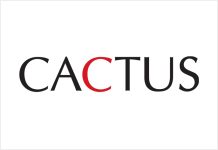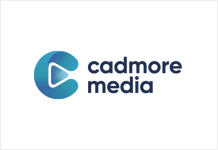
Scientific Reports is introducing the Creative Commons Attribution (CC-BY) license as an option for authors. The CC-BY license will be available to authors submitting articles on or after 1 July 2012, in addition to the two non-commercial Creative Commons licenses currently on offer. Scientific Reports published its 457th article on June 14, its first birthday, making it Nature Publishing Group’s fastest growing journal. All content is open access and is freely accessible to all, immediately on publication.
“There has been much debate about commercial reuse on open access articles” says Jason Wilde, Business Development Director, NPG. “We believe in offering our authors choice. And we now know some authors will want to choose CCBY, not least as a result of new funder mandates. UnlikeNature Communications and our other titles, Scientific Reports does not have established revenues from commercial reprints or licensing, making it an economically viable proposition.”
In 2011, 73% of authors publishing with Scientific Reports opted for the Attribution-NonCommercial-ShareAlike 3.0 Unported (CC BY-NC-SA) license that permits derivative works; while 27% opted for the Creative Commons Attribution-NonCommercial-NoDerivs 3.0 Unported (CC BY-NC-ND) License. Across all NPG journals with open access options, the picture was quite different. On the 1,113 open access articles NPG published in 2011, 39% of authors opted to permit derivative works and 61% opted for the ‘no derivatives’ license.
Scientific Reports is committed to publishing technically sound research articles quickly and efficiently. From June 2011 to April 2012, the average time from submission to publication of the final article, including peer review, is 99 days. By comparison, over the same time period, the average time from submission to publication in PLoS One is 155 days. In BioMed Central’s BMC series journals the average time from submission to the publication of an accepted article in its provisional form is 168 days.*
In a survey of authors, 93% of respondents agreed that they would publish in Scientific Reportsagain, and 94% would be likely or very likely to recommend the journal to a colleague. A videoillustrates the benefits to authors of publishing with Scientific Reports.
All Scientific Reports papers are handled by an external Editorial Board of over 500 practicing scientists, and their support over the first year has been instrumental to the journal’s success. More information on the Editorial Board can be found on www.nature.com.
Hosted on the nature.com platform, papers are discoverable and widely read. The most popular paper so far is “Flavor network and the principles of food pairing“, which has been viewed 146,452 times since it was published on 15 December, 2011; it is the third most viewed research paper on nature.com over that period.
Scientific Reports publishes technically sound, original research papers of interest to specialists within their field. This includes papers that describe negative results. Launched in June 2011, the title covers all areas of the biological, chemical, physical and earth sciences. It has been accepted for indexing by PubMed and the Thomson Reuters Web of Science.
The CC BY license allows for articles to be distributed and amended, including for commercial opportunities. Papers can be developed upon, as long as attribution is given to the original work and its authors.
* for papers published between June 1, 2011, and April 30, 2012, that were listed on PubMed



























